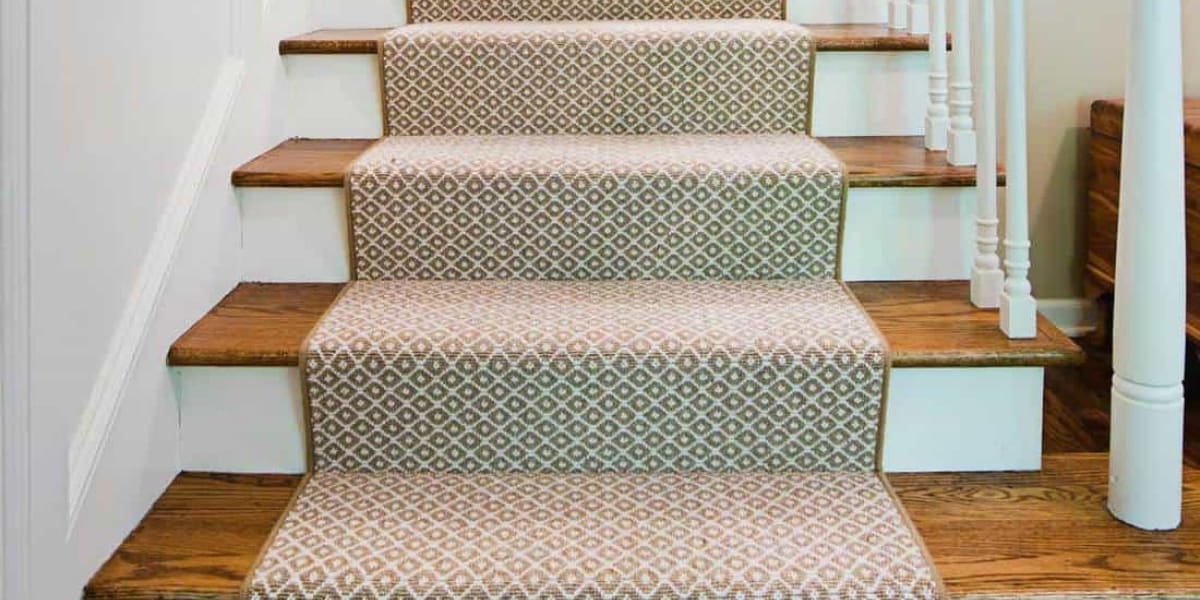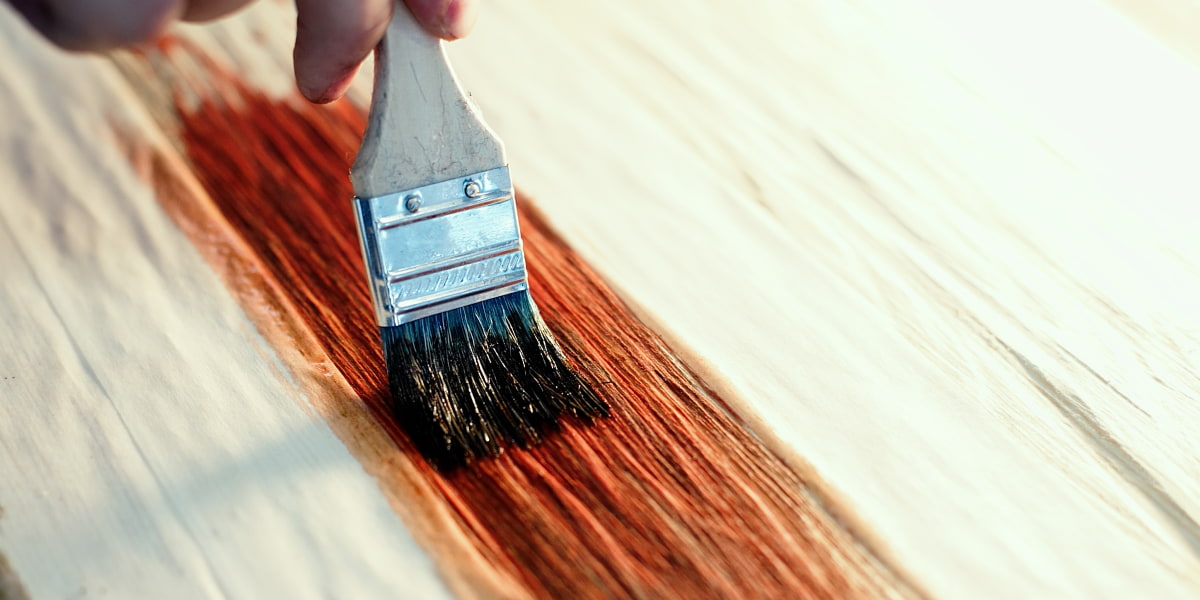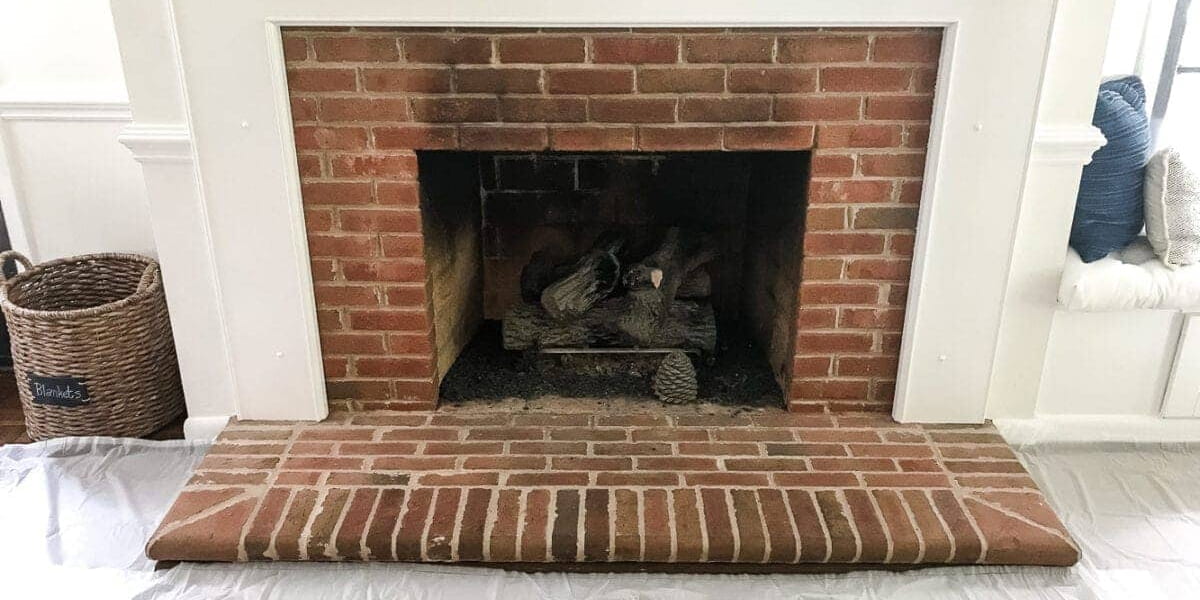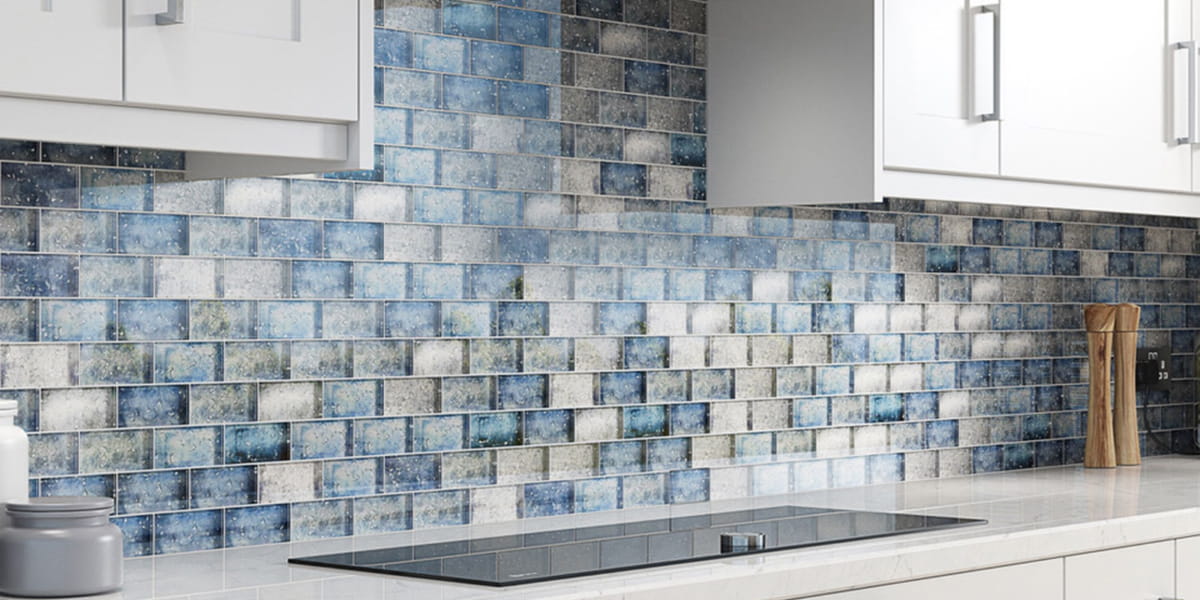Published on July 18th, 2022
Last updated on February 6th, 2023
How To Hang Peel And Stick Wallpaper? Applying Peel And Stick Wallpaper In 5 Steps
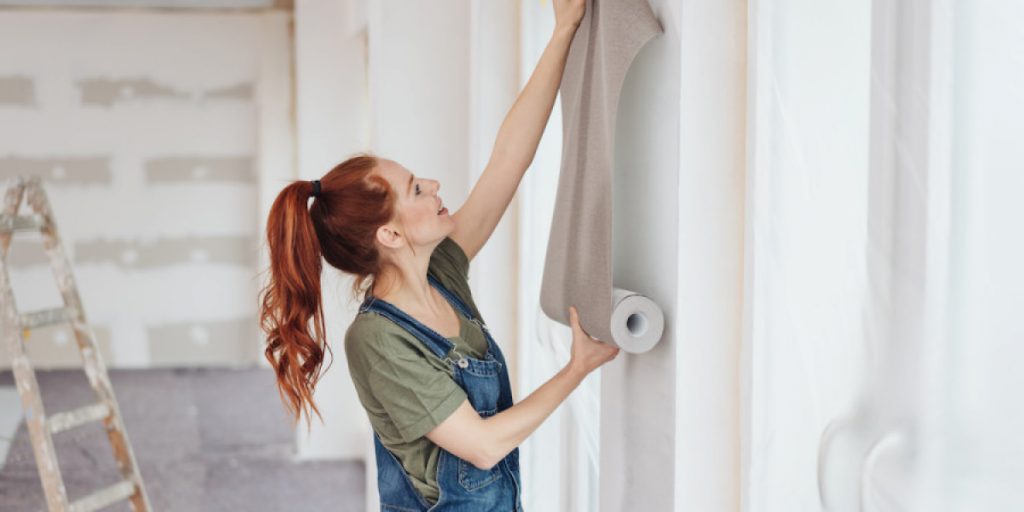
Self-adhesive wallpapers were first designed for use as wall coverings in bathrooms and kitchens. Our peel and stick wallpaper tutorial start from good news: there is a different class of canvases in which the sticker does not require dilution before being applied to the wall. The reverse side of the rolled material has an adhesive compound applied to it and is covered by a protective layer.
Self-adhesive wallpaper options have recently been dramatically expanded by manufacturers, and their use has broadened considerably. They are being utilized for more than just decorating bathrooms, toilets, and kitchens. Self-adhesive strips can be used to add intriguing accents to a space rather than covering the entire surface. They might provide a lovely backdrop for particular interior decor objects.
Benefits And Drawbacks When Applying Stick-on Wallpapers
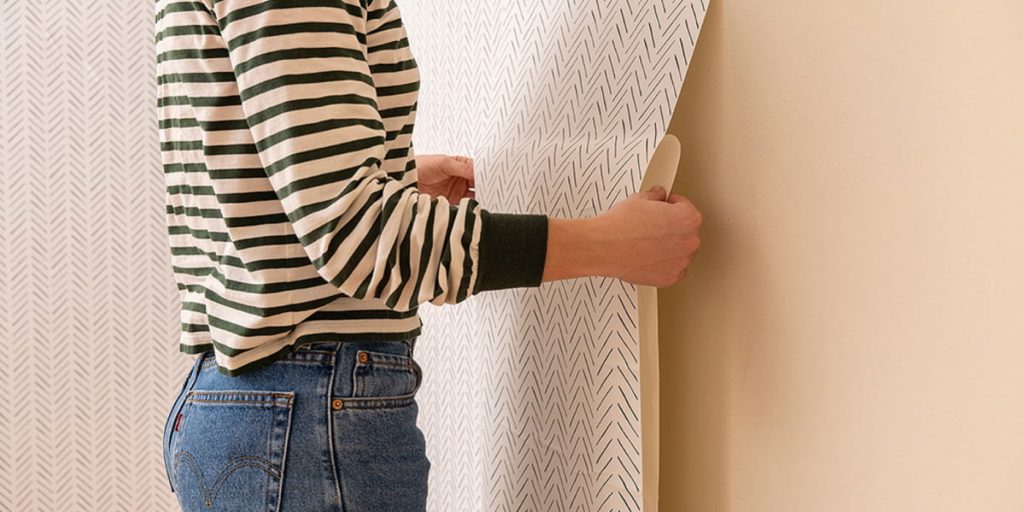
Today, people may choose from many hues at building hypermarkets. They pose no threat to human health in any way. They stand out for their toughness and longevity. Everyone can afford them because of their pricing. At the same time, it is improbable that anybody would sell wallpaper or other equivalents that would look as lovely and apply to the walls quickly for a similar price.
Thanks to them, you may reduce the time it takes to repair and decorate. Since other varieties of wallpaper can just slide off the next day, its relatively high level of moisture resistance is an added benefit if you decide to perform repairs in the kitchen or bathroom.
But there are other disadvantages to this substance. You should be aware that all faults will be evident if PVC is chosen as the base plane. Since the coating is thin and will reproduce any flaws, the price of cork fabric and wallpaper is very high. So, before making a decision, it is worthwhile to consider.
Tools Needed For Peel And Stick Wallpaper
The way self-adhesive wallpaper is installed is as follows: from the inside, they have already had a coating of glue applied to them and are protected by a specific strip. You simply need to peel back this strip before sticking the wallpaper to the wall. However, not everything is as straightforward as it seems. These wallpapers have their installation technique even if they do not require adhesive. And it is by following this technique that you will be able to swiftly and simply attach self-adhesive wallpaper.
Consequently, the following supplies and equipment are required for DIY wallpaper peel and stick:
- self-adhesive wallpaper;
- a pencil;
- a tape measure;
- a construction knife;
- some clean rags;
- scissors.
Due to the possibility of shade variations between batches of the same material, it is important to purchase wallpaper in quantities equal to the expected volume. This is not particularly perceptible in folded rolls, but the difference will be apparent on a plastered surface.
Step 1: Prepare The Surface
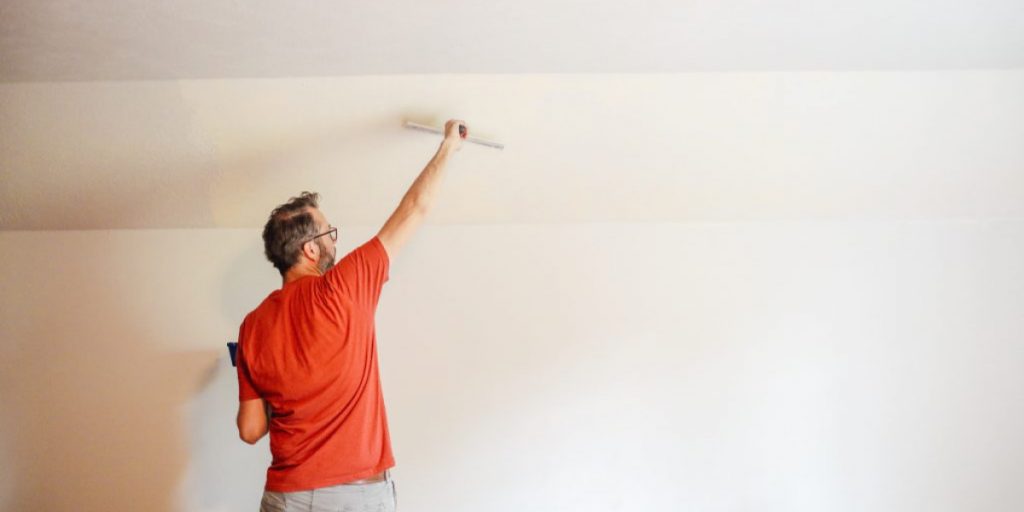
The sheets must be instantly and precisely trimmed to match the design. As with paper wallpaper, this won’t work on the wall while adhering. After gluing, with a knife, trim a tiny margin off the canvas.
The area that will be adhered to has to be grease-free, dry, and smooth. The previous finish on the walls of the current room must be removed, and the whitewash must be cleaned off when you are hanging peel and stick wallpaper.
A primer must be applied to the prepared surface. This is essential to enable better adherence of the wallpaper to the foundation and to safeguard the walls against moisture, mold, and fungal manifestations. This is crucial when using self-adhesive wallpaper in the kitchen or bathroom because of the high humidity levels in such spaces.
Step 2: Measure The Wall

You must use a pencil, ruler, and plumb line to mark a vertical line on the surface that will be pasted, closer to the peel and stick wallpaper corners. It is practical to use a laser level if at all feasible. The first sheet will be pasted using this line as a reference. The protective strip has to be gently bent from the top of the canvas so that it may be attached to the wall by sticking to the defined line.
Step 3: Cut The Wallpaper
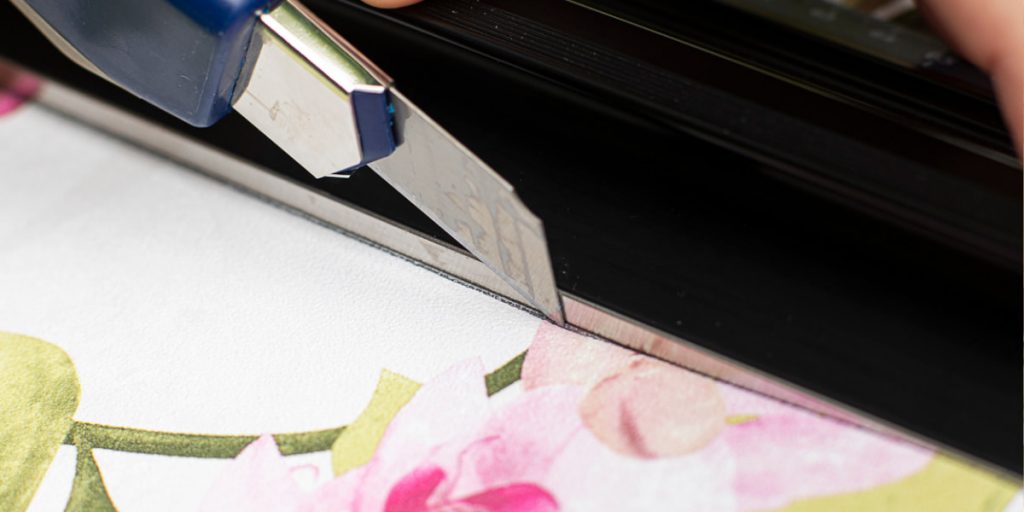
You need to cut the peel and stick wallpaper around windows, as well as cut the peel and stick wallpaper around corners. The wallpaper may easily be cut on a clear surface, such as a large table, without having to remove the protective layer. Use a metal ruler, paint knife, scissors, and measuring tape to do this. A carpenter’s pencil, rubber roller, wooden or plastic spatula, and other tools are also required for the job.
Step 4: Start From The Top To The Bottom
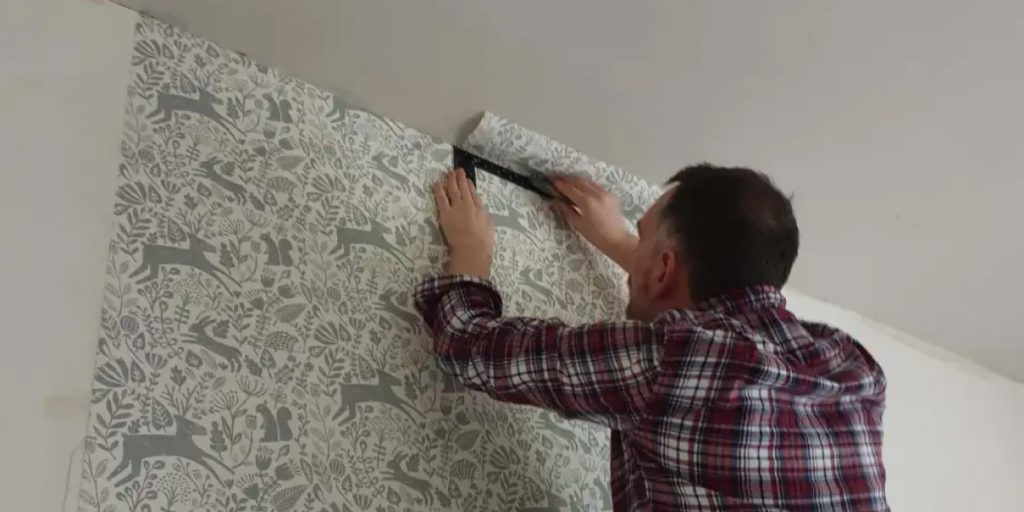
Peel and stick wallpaper cannot be glued inside corners without risking the corner pulling over time and wrinkling the wallpaper. The wallpaper could be cut lengthwise, or the room could be covered with two separate pieces. The first portion of the sheet initially adheres to one wall, pushed firmly into a corner, and then the second portion adheres to another wall.
Step 5: Smoothen The Wallpaper
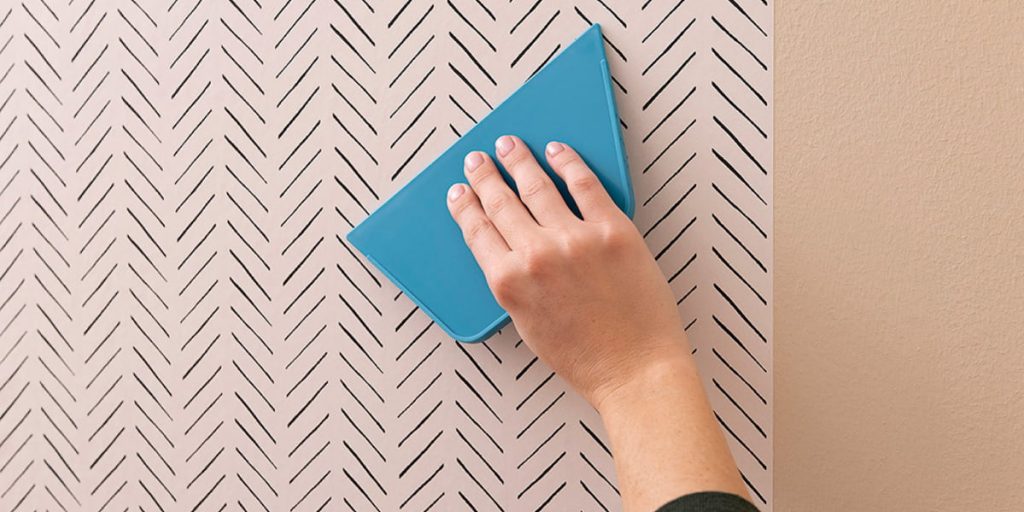
When smoothing, use a rubber roller or spatula and apply little pressure while moving the object. On the canvas, movements are made from the middle to the edges. The protective strip is progressively peeled off as the adhesive sets, and the sheet is tight against the wall. The joints between separate sheets must be smoothed out with a roller with particular care.
When you are applying stick-on wallpaper, air bubbles can be eliminated by poking them with a needle or pin. This area has to be cleared of air and smoothed using a napkin or roller.
Care should be taken not to strain the cloth while handling it. Otherwise, you risk getting wrinkles that are difficult to smooth down. You’ll have to create overlaps that ruin the entire project. Self-adhesive wallpaper must be adhered end to end to the surface for the coating to be even and beautiful and for the seams to be nearly undetectable.
FAQ
How to apply a peel and stick wallpaper?
Before cutting and sticking the wallpaper from top to bottom, you must first prepare and measure the wall. Finally, smooth the wallpaper to eliminate any remaining issues.
What do I need for peel and stick wallpaper?
There are several tools needed to peel and stick wallpapers. Mild detergent with a sponge, measuring tape, some stationery, and plastic smoother are among them.


